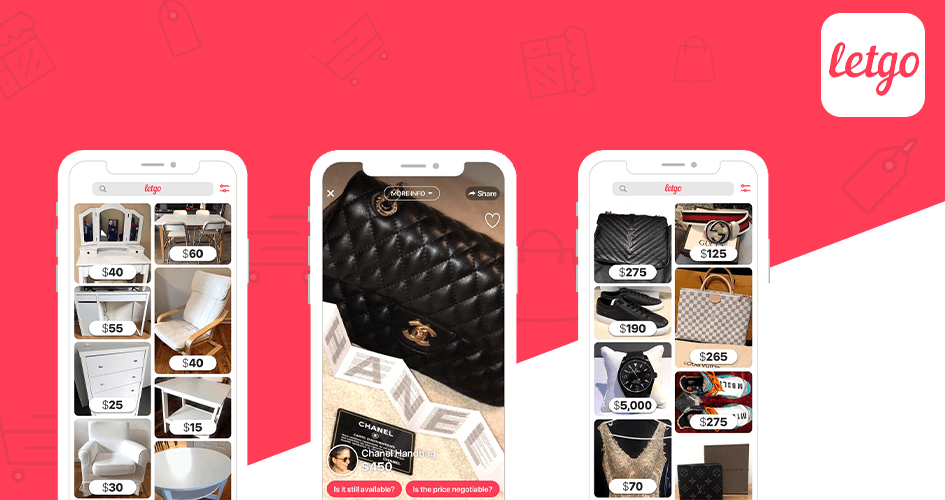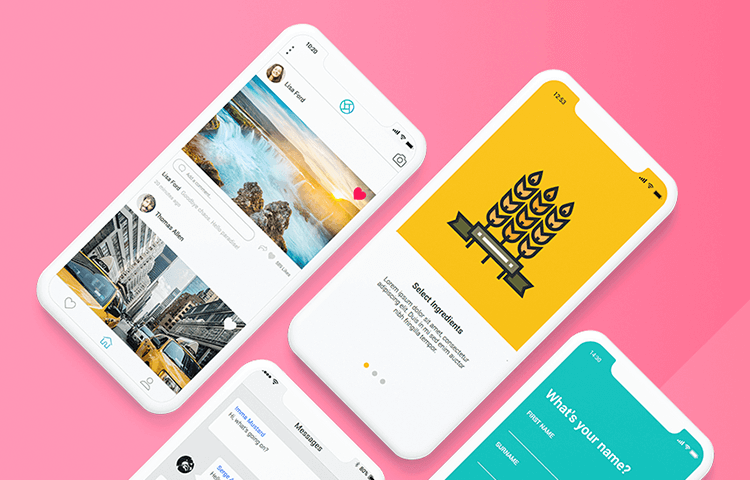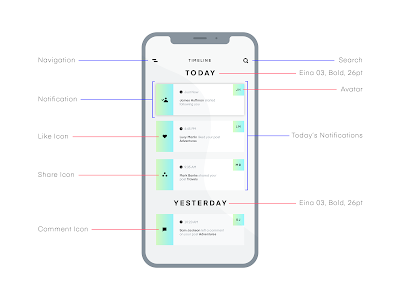Everyone’s dream choice while having mobile app development is to have technical giant app which user feels attractive to use and hence will succeed . However have you wondered why it is equally important to consider legal aspects of the app even during initial stage of app development ?
It is because each of the mobile app development life cycle may attract legal issues for you and in order to get yourself secured , you must take care of legal part in your app development as well . In this article , we will guide you about critical legal issues which might deviate your mind if not properly handled with care.
NDA ( Non Disclosure Agreement )
NDA or non-disclosure agreement is legally valid document under which parties bind themselves to not to disclose / share confidential information with any other person . That is the reason why we always encourage our clients to sign NDA even before sharing any of their business idea with us .
We can say NDA is one among few steps available to protect your product concept . You may challenge the agreement in courts if any party breaches its terms and condition . But wait , NDA is not just simple documents , rather it must include points which make it more informative are some of them are :
- Definition of Confidential Information : It is proven to be beneficial for parties to specify all confidential information which may or may not be limited to financial data , know-how , show-how , operating , marketing or trade data . In addition to it it should also include information concerning to products , its ideas , solution and other confidential information .
- Obligation of other party: Obligation of other party needs to be defined in advance including confidentiality clause as well as obligations involved in accordance to with other party can disclose information to its staff .
- Choice of laws : While signing of any NDA , always try to write jurisdiction under which you will feel comfortable to contract .
- Penalties : You should also write about the penalties it involved in case of breach of contract . It may be in monetary terms or fix sum of money .
- Term : As per general rules of law , any NDA is valid for the term of 2, 3 or 5 years . Hence it is your sole choice for the information you want to protect . As the case may be , you may get involved in contract .
- Obligation to return : You must include obligation to return information in case you want to or willing to switch to any other party .
Independent Contract Agreement
Contract agreement is concerned about points which you should mention before starting of with software development company . This agreement should be draft in a way that if will help you in guiding the process of cooperation in its entire duration of contract and what if situation in case of doubt and conflicts. That is the reason it is proven beneficial to write step by step how collaboration will move . For instance say it is worth mentioning which methodology your app developer will follow , eg agile methodology . In brief it should include the following :
- Methodology of cooperation : It should include how cooperation will work to come up with result which is favourable to both the parties . It will also mention tools which you will be used , preferred methods of communication as well as procedure for arranging meetings .
- Force majeure : In case of unpredicted pandemic situation or force majeure which might occur due to unavoidable circumstances then you must define the outcomes and mutual binding of it .
- Exit plan : It is another beneficial points as it defined the exits plans if plan does not go according to plan has been specified in agreement and bth parties want to withdraw before the planned duration . It is worth including information about who will be owner of existing code , what will be payment due dates and penalties and so on.
Privacy Policy & Protection Of Data
Wondering what legal requirements you have to meet in connection with your data protection at personalised level ?
Protecting of your’s user personal data is one of the primary thing to focus on which is Las common cause to attract legal obligations . This requirements various from country to country . For instance say if you are planning to launch your app in European markets , you must adhere to GDPR compliances , while in case of USA , you need to take care of Children’s online privacy protection act.
This requirements also depends on in which industry your app is focus on . For instance Healthcare sector app must have HIPPA compliant . Since it is complex task and may require lawyer interference to draft proper agreement in app development process . In case of any data leaks , it will be app owner who will be held responsible for the same , hence it should be taken care with utmost priority .
Tips to fulfil personal data obligation :
- Collect only limited amount of user data which is meant for your app only
- Don’t ever try to sell or use data for the purpose other than for which you have collected data for
- Make sure that your data is being seen by your authorised person only who make necessary use of it
- Always showcase users that their data is protected with them and is in safe hands
- Try to maintain documents of data received or you have so that if asked can be provided by you immediately.
Terms & Condition
Terms and condition as in case of privacy policy varies from country to country . You must specify following points while writing terms and condition in contract :
- It is beneficial to include basic information about your company in general terms and condition
- Conditions of service provision : In terms and condition define in advance your app working , its registration conditions as well as when agreement is concludes and terminated between both parties . Apart from it also mention your use of app as well as tech slacks about languages used along with conditions in which users account will be blocked
- End user license agreement : This is concerned with binding users with your terms and condition while using your mobile app
- Complaint processing : In terms and condition , try to include the process to handle and hear complaints as well as ways in which customer can contact you in case of need .
- Limitation of liability : Define your liability in advance and make it clear to users . It will help you building trust among your users .
App Store Requirements
What is the use of mobile app if it has not been published on App Store or Google play store ? No body is going to download the same and all your investment will go into veins . That is the reason why your app should comply with all guidelines from Google and Apple to publish your app on their stores . All these policies focus on personal data protection as well as intellectual property rights .
Conclusion
Any mobile app development is complex project and involves various process . It is always beneficial to considerer all aspects involved in development of app which includes legal factors at initial starting . This will aid you to carry on your app to reach larger marketplace without facing any hurdle which may become obstacle in your success journey if not taken care of .












